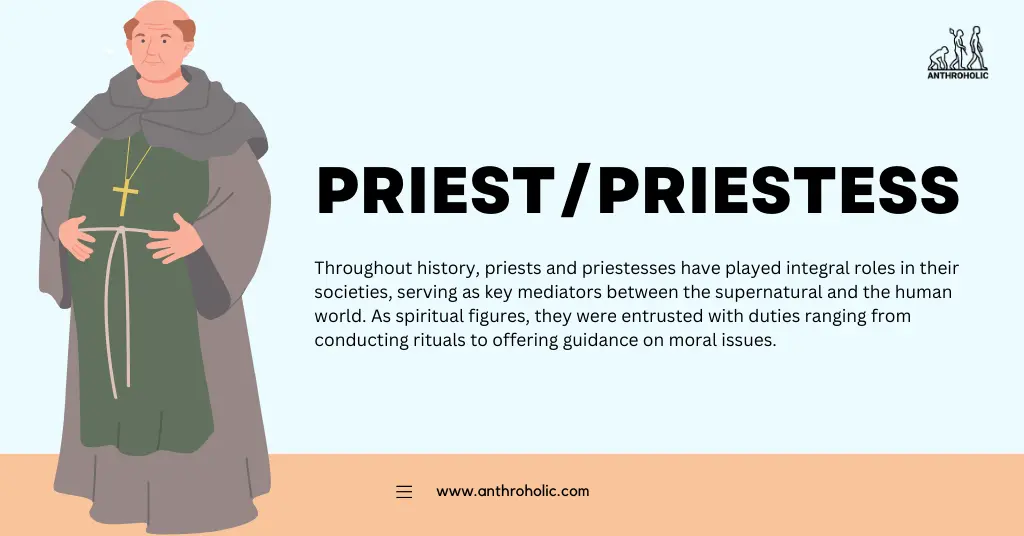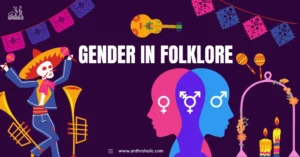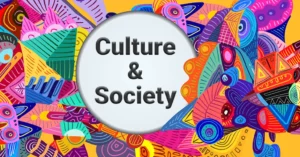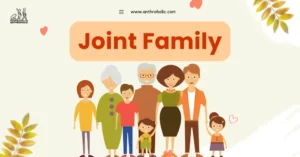AI Answer Evaluation Platform Live Now. Try Free Answer Evaluation Now
Priest and Priestess
Throughout history, priests and priestesses have played integral roles in their societies, serving as key mediators between the supernatural and the human world. As spiritual figures, they were entrusted with duties ranging from conducting rituals to offering guidance on moral issues.

Early Roles of Priestesses and Priests
Prehistoric Evidence
Priests and priestesses were established as early as prehistoric societies. Though often minimal, evidence from archaeological artifacts suggests their presence. Statues like the “Venus of Willendorf” (around 28,000 B.C.E) provide clues about early priestesses involved in fertility rites [1].
Ancient Civilizations
In the great civilizations of the ancient world, religious leaders held prominent positions. Below are some examples:
- Egypt: Priests played pivotal roles, responsible for conducting ceremonies, maintaining temples, and interpreting the will of the gods [2].
- Ancient Greece: Priestesses, such as the Pythia of Delphi, had tremendous influence and were consulted on crucial matters of state [3].
- Mesopotamia: Priests acted as mediators between gods and humans, often doubling as scholars and scribes [4].
Hierarchical Structures of Priesthoods
Priesthoods typically had hierarchical structures, as shown in Table 1, using Ancient Egypt as an example.
| Rank | Roles and Responsibilities |
|---|---|
| High Priest | Supreme religious authority, handled major rituals, communicated directly with the king. |
| Priest | Performed daily temple rituals, maintained sacred artifacts. |
| Lecturer Priest | Had the privilege of reading religious texts during ceremonies. |
| Wab Priest | Lowest rank, purified sacred places and items for rituals |
Cultural Diversity in Priesthood Roles
The roles and statuses of priests and priestesses varied greatly across cultures and religions.
- Celtic Druids: Druids, the priests of the ancient Celts, were not only spiritual leaders but also teachers, judges, and advisors to the king.
- Shinto Priestesses (Miko): In Japan’s Shinto religion, Miko were young female shamans. They performed sacred dances (Kagura) and served in shrines.
- Hindu Priests (Brahmins): Brahmins were at the top of the social and religious hierarchy, responsible for teaching Vedas, conducting rites, and advising rulers.
The Evolution of Priesthood
Transition to Monotheistic Religions
With the advent of monotheistic religions such as Christianity, Judaism, and Islam, the roles of priests underwent significant transformations. For instance, Christian priests were tasked with conducting sacraments and spreading the gospel.
Modern Changes
In recent centuries, significant shifts have occurred, such as the move towards gender equality. While most religions restricted priestly roles to men, modern movements have begun to allow women to serve in these positions. For example, the first female priest in the Anglican Church was ordained in 1944.
Conclusion
The role of the priestess/priest has evolved significantly over the centuries, reflecting changing societal values and religious beliefs. However, their fundamental role as intermediaries between the divine and the human world remains largely unchanged, demonstrating the enduring importance of these figures in human societies.
References
[1] McCoid, C.H. and McDermott, L. (1996). “Toward Decolonizing Gender: Female Vision in the Upper Paleolithic,” American Anthropologist.
[2] David, R. (2002). Religion and Magic in Ancient Egypt. Penguin.
[3] Broad, W.J. (2007). The Oracle: The Lost Secrets and Hidden Message of Ancient Delphi. Penguin.
[4] Bottero, J. (2001). Religion in Ancient Mesopotamia. University of Chicago Press.




